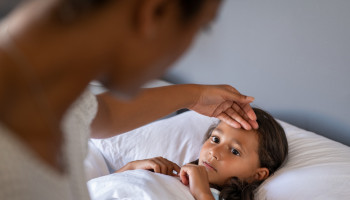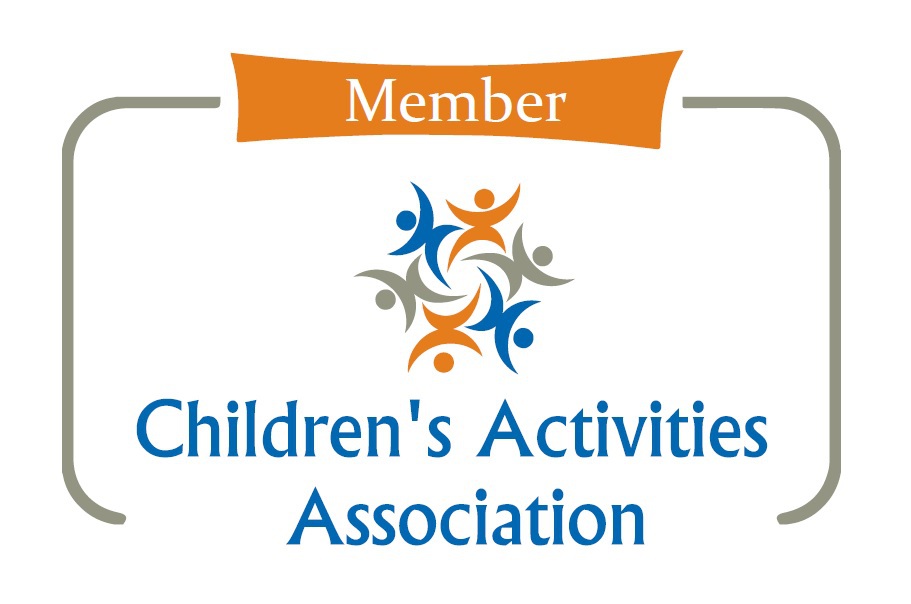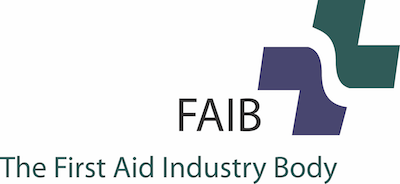12th October is National Burn Awareness Day so we’ve teamed up with Children’s Burns Trust with the aim of reducing the number of children suffering life-changing burns. Unbelievably, in 2021, 7661 children were admitted to hospital having been burned or scalded in England and Wales alone. This figure doesn’t even include the minor burns and scalds that are treated by A&E departments every single day.
Very sadly, our homes are the most common place for a baby or child to suffer a burn, so what can we do to keep our precious little ones safe? And what first aid advice should we follow if the worst were to happen?
The facts
· 30 babies and toddlers go to hospital EVERY DAY with a hot drink burn
· Hot drinks are the most common cause of burns in children
· The kitchen is the most dangerous room in the home for burns to occur
· The immediate physical pain of a burn is not the only impact– being burned or scalded can mean years of painful treatment. The psychological damage can also be huge, from the ongoing pain, to living with lifelong scars.
How a saucepan spill changed a family’s life
Little Charlie was 15 months old when a pan of boiling water spilt, causing burns to 10% of Charlie’s tiny body. His mum Michelle, a Children’s Burns Trust ambassador has shared her experience of that day and, for anyone with young children, the circumstances around the burn sound eerily familiar:
“After work, and having picked up my eldest, I arrived at my son Charlie’s nursery. He hadn’t been very well so I managed to get him an appointment with our doctor. He had a chest infection and was prescribed antibiotics. We got home and you know how it is – numerous bags were dumped at the front door, I had 2 hungry little boys and my priority was tea. I decided to use just one big pan. In went the potatoes, then the carrots, then peas. 4 minutes 'til tea time. I then thought about Charlie’s medicine, which was in my handbag by the front door and I wondered if he needed to have it before food. I left the kitchen to get it and when I got to my front door I heard the most horrific scream I have ever heard. 12 years on it still gives me chills to remember the sound. I knew it was Charlie, my baby boy. The scream was so agonising that I thought he’d cut off a limb. I ran to the screams and there he was on my kitchen floor with the pan and vegetables next to him. In my haste, and with my preoccupied mind, I had been careless and left the handle of a large pan full of boiling water within reach of my baby.”

As horrifying as this story is, I would imagine the circumstances that led up to the burn are familiar to us all. That chaos when you come home - lunch boxes and water bottles everywhere, shouts of “shoes off, NOW!”, all accompanied by a wailing, hungry child. Frazzled is not the word. Following the burn, Michelle said:
“As a mum I struggle to put into words what this time was like for me. I thought I had ruined Charlie’s life and that our family life was forever altered. I felt consumed with guilt for the pain Charlie was going through, and realising he was going to be scarred for the rest of his life was deeply upsetting. I couldn’t sleep or eat, and needed help from the Burns Psychology Service.”
And the ongoing care has been intense:
“Grafted and burnt skin does not heal and grow in the same way as uninjured skin. Charlie’s scar needed to be washed, massaged and stretched 3 times a day. We did this for 8 years. This was to help the scar heal as flat as possible, to prevent skin tags, and also to enable Charlie to have full function of his shoulder joint as his body grew.”
Michelle’s message to all parents is:
“Please take care in your kitchens. It is scary how damaging hot liquid is, how painful and long lasting the treatments, and the scarring is for life. Keep your pans on the back burners and your handles tucked away and well out of reach of inquisitive minds.”

Safety guidance for your home
Do:
- Do install smoke alarms on each floor of your house and test regularly
- Do keep hot drinks out of reach of babies and young children
- Do make and practise Fire Escape Plans with the whole family
- Do run COLD water first in the bath or sink before adding hot water – test the temperature
- Do install thermostatic mixing valves in all hot water outlets
- Do keep saucepans at the back of the stove NOT near the front – turn handles to the back
- Do keep kettles, irons, hair straighteners or wires out of reach
- Do keep secure fire screens in front of open fires, heaters & radiators
- Do store matches and lighters out of reach
- Do store chemicals, cleaners and acids out of reach
Don’t:
- Don't drink hot drinks while nursing/holding a baby or child
- Don't put a baby or child into a bath or sink until the water has been tested
- Don't warm baby bottles in the microwave
- Don't leave hair straighteners unattended
- Don't allow children near BBQs or garden chemicals
- Don't allow children near fireworks
- Don't leave children unattended in the kitchen, bathroom or near fires and heaters
Our first aid advice if your child suffers a burn
It’s really important to stay calm and act quickly. What you do immediately following the burn can hugely impact the severity of any injury or scarring which may occur:
· If you’re not alone and the burn is larger than a 50p piece, ask another adult or older child to call an ambulance immediately
· This leaves you free to cool the burn. Apply cool, running water to the burn area for 20 minutes. Babies and children will not want to be held under cool water for 20 minutes, and will most likely be very distressed, but doing this can make all the difference to the outcome of the burn. So try to stay calm and reassure them this will help make them better
· Once under running, cool water (the shower may be the best place for this) call an ambulance if you haven’t had the chance to yet
· Whilst cooling the burn, remove any clothing and jewellery near the burn, unless it is melted or firmly stuck to the wound. Hot liquid can run into nappies, socks and shoes, so remember to remove these too
· Only after the minimum of 20 minutes, cover the burned area with cling film or a sterile non-fluffy dressing or cloth, and make sure the patient is kept warm
Take a picture of our handy infographic and store on your phone in case of emergency:

In the instance of a smaller burn, or if running water isn’t readily available, having a burn gel to hand can be really helpful. You can find these in our 74 piece Mini First Aid kit – apply the gel directly to the burned area, ideally following cooling. Keep it in the kitchen so you can get your hands on it quickly.
You can find out more about how to treat burns at our award winning 2 hour baby and child first aid class. We work closely with Children’s Burns Trust to make sure our Mini First Aid trainers are up to date with the latest burns treatment advice. You can find out more about their hugely important work raising awareness around burns here










